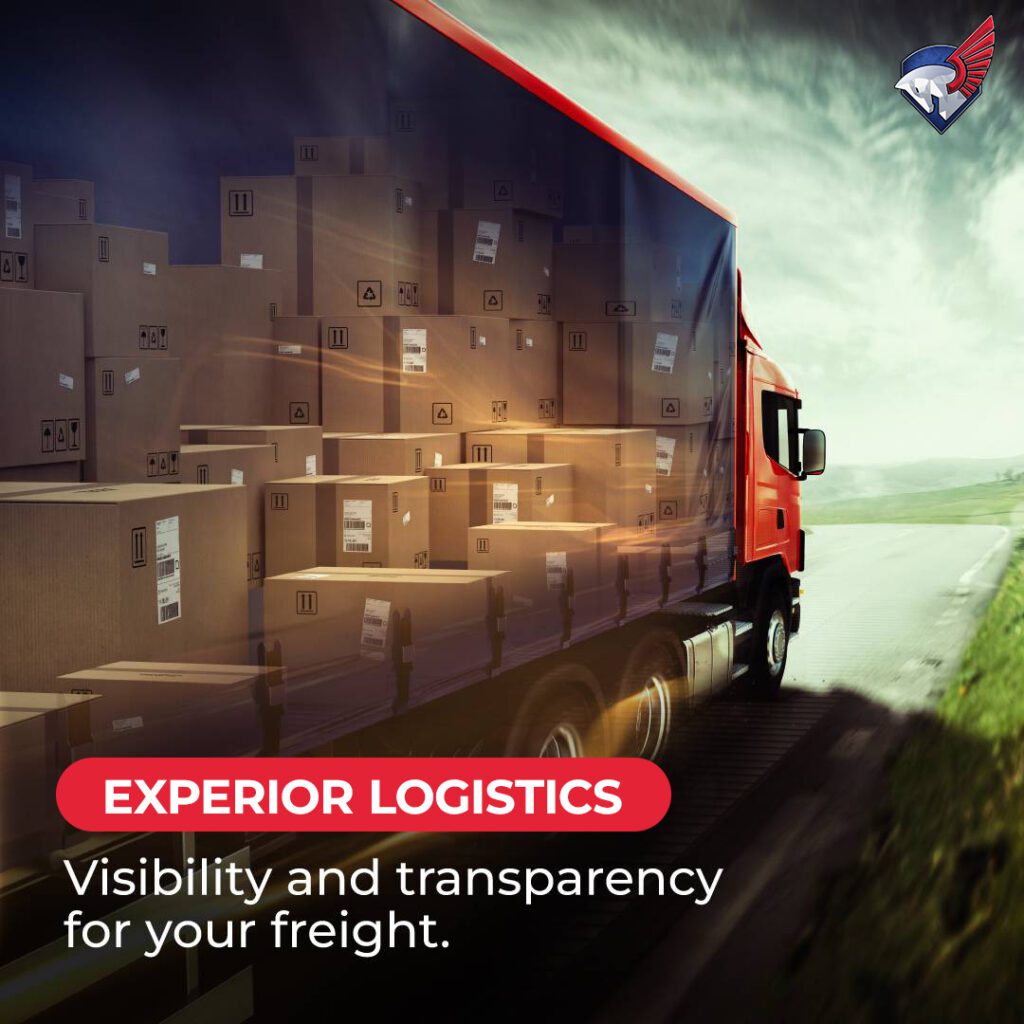Choosing to outsource logistics can transform your business, adding efficiency, scalability, and access to logistics expertise that would be hard to build in-house. But like any business strategy, outsourcing logistics comes with its own set of challenges.
From supply chain issues to communication gaps, overcoming these obstacles is key to making the most out of your third-party logistics (3PL) partnerships. Let’s take a closer look at the most common outsourcing hurdles and how to overcome them effectively.
Supply Chain Issues, Communication Gaps, and Logistics Strategies


When you outsource logistics, you’re essentially putting your supply chain in the hands of another company. This brings a unique set of challenges, especially around supply chain issues, communication gaps, and creating robust logistics strategies.
Let’s break down these common pain points and how to address them.
1. Supply Chain Issues: Maintaining Efficiency and Flexibility
If you outsource logistics, it means you are relying on a third party to ensure everything flows smoothly—from production to end-user delivery. However, common supply chain issues can disrupt this flow. Factors like warehouse shortages, delivery delays, and unpredictable demand can be difficult to manage, especially when they fall outside your control.
To address these issues, consider partnering with a 3PL provider that has a flexible and scalable network.
For example, Experior Logistics offers a network of warehouses and transportation options that span the entire U.S., which can help buffer against supply chain disruptions. A good 3PL can pivot quickly and redirect resources as needed, ensuring that your products are stored and delivered efficiently.
Additionally, make sure your logistics provider uses advanced technology for supply chain tracking and reporting. This can give you up-to-the-minute visibility into the logistics pipeline, helping you respond quickly to any issues that may arise.
2. Communication Gaps in Outsource Logistics
Effective communication is critical when you outsource logistics. With multiple stakeholders involved, communication gaps can quickly lead to misunderstandings, delays, and even customer dissatisfaction. Language barriers, time zones, and differences in technology platforms can add complexity to an already intricate logistics process.
The key to bridging communication gaps is establishing clear expectations from the outset.
Schedule regular check-ins with your logistics provider and set up real-time communication channels for urgent issues. Many companies benefit from using digital platforms that provide a shared view of logistics activities, enabling both parties to monitor progress, flag delays, and coordinate adjustments in real-time.
Experior Logistics, for instance, uses a global tracking system that allows clients to monitor shipments and communicate directly with team members. This system provides a seamless link between your operations and the 3PL provider, which can reduce potential communication breakdowns and ensure smoother workflows.
3. Logistics Strategies: Balancing Cost and Efficiency
Choosing to outsource logistics involves creating logistics strategies that align with your business goals. But sometimes it can be hard to strike a balance between cost and efficiency. Often, companies worry that outsourcing will drive up costs without delivering a proportionate return on investment.
To build a cost-effective logistics strategy, start by defining what you want to achieve.
Do you want to cut costs, expand your reach, improve delivery speeds, or all of the above? Once your priorities are clear, work with your logistics provider to create a tailored approach. A well-structured logistics strategy should include efficient warehousing, strategic freight buying, and scalable operations to accommodate changing demands.
Experior Logistics, for example, leverages bulk freight buying power to lower transportation costs. By working with a provider that negotiates on your behalf, you can achieve lower per-unit shipping costs, making it easier to maintain a budget-friendly logistics plan. Furthermore, our network of 1 million square feet of warehouse space helps to meet capacity needs, minimizing the risk of stockouts or overflow issues.
Reduce Risks When You Outsource Logistics


Managing risks is part of any outsource logistics strategy, and outsourcing is no exception. While outsourcing offers many advantages, like access to logistics expertise and scalability, it also has potential downsides. These include hidden costs, loss of control over customer interactions, and safety risks within warehouses and on the road.
Start by evaluating any hidden costs associated with outsourcing. Ask your 3PL provider for a detailed breakdown of charges to avoid surprises later on. Additionally, consider conducting regular performance reviews to ensure that your provider meets safety and efficiency standards.
High-quality 3PL providers, like Experior Logistics, adheres to both domestic and international regulations, ensuring your goods are managed safely and legally across state lines and borders. In addition to regulatory compliance, we also maintain high safety standards, reducing the risk of workplace accidents.
Conclusion
Deciding to outsource logistics has significant benefits, from cost savings to increased efficiency and scalability. However, it’s essential to recognize the potential challenges—from supply chain issues to communication gaps and logistics strategies.
When you choose Experior Logistics as your 3PL provider, you gain a reliable partner capable of overcoming these obstacles with ease. We offer nationwide reach, extensive warehouse capacity, and advanced tracking and communication systems to ensure your logistics operations are seamless and efficient.





